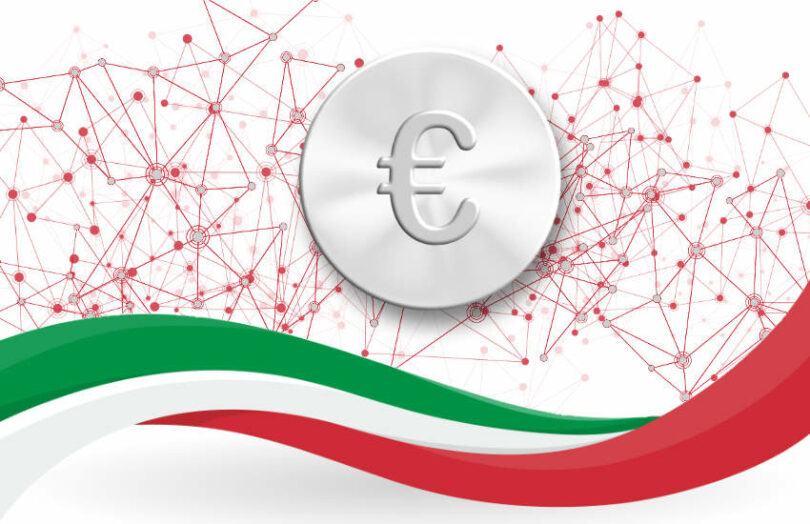In a recent position paper, the Italian Banking Association (ABI) expressed broad support for the adoption of a digital euro and outlined three pillars to guide the design of a future central bank digital currency (CBDC). Notably, the ABI wants the digital euro to enable new innovative services, such as programmable payments, using distributed ledger technology (DLT).
“DLT enables a more distributed model for participants than the traditional one by effectively managing the allocation of responsibilities between the central bank and the digital euro distributors”, the report said.
However, DLT is generally not seen as sufficiently scalable for retail use among central bankers. On the other hand, blockchains could be used for wholesale transactions, albeit at probably lower volumes. For example, the ABI already uses Spunta, a blockchain-based solution for interbank reconciliations, which is used by more than 100 financial institutions representing 90% of Italy’s banking industry. Still, the platform currently runs overnight; a real-time, round-the-clock solution could be a different story.
The organization’s work on CBDCs dates back to December 2020, when it announced a digital euro research project to explore the technical feasibility of leveraging DLT for a digital currency. Since then, experiments have mainly focused on the technical infrastructure feasibility and the use cases that would take advantage of currency programmability enabled by DLT. Much of the same team that helped to develop Spunta has also been involved in these trials.
The three pillars outlined in the report can be seen as a set of principles for the design of a digital euro:
- It should preserve banks’ intermediation role.
- It ought to complement (and not compete with) existing commercial bank instruments.
- It must enable value-added services, ideally using DLT.
The paper also supports establishing an appropriate compensation model to ensure adequate incentives for helping the European Central Bank (ECB) fulfill its public mandate. As intermediaries, banks would assume high implementation costs from new activities such as undertaking anti-money laundering controls or developing dispute settlement mechanisms. So the ABI argues that these should not “be borne solely by market players”. A similar position was expressed recently by the Association of German Banks.
Lastly, the report deals with the issue of programmability. Although European finance ministers have opposed the idea of a digital euro being programmable money and the ABI supports programmability, each is talking about something different. The ECB and finance ministers want to ensure that at a base level, the use of the core digital euro is not restricted in any way.
In contrast, the ABI believes programmability features as addon functionality would enable the development of several innovative services. From atomic delivery versus payment (DvP) settlements to machine-to-machine (M2M) payments, these new functions could contribute to “the twofold aim of continuing to stimulate private sector’s payment innovation and making the digital euro attractive to citizens”.






